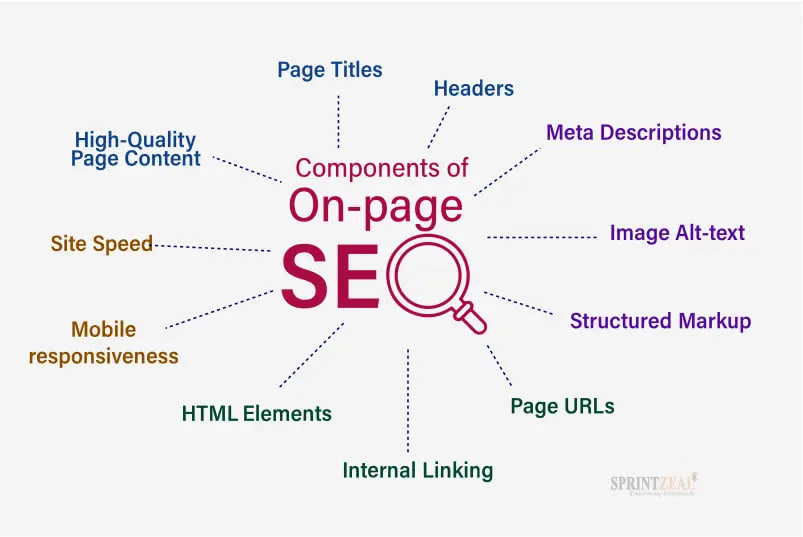Starting a Blog can be a rewarding and fulfilling endeavor, whether you aim to share your passion, establish a brand, or generate income. This guide will walk you through the essential steps to create a successful blog.

1. Define Your Purpose For Making Blog
Before diving in, clarify why you want to start a blog. Is it to share personal experiences, educate others, or promote a business? Identifying your purpose will help you choose a niche that aligns with your interests and expertise. Popular niches include:
- Travel
- Food
- Personal Finance
- Health and Wellness
- Technology
- Lifestyle
2. Choose a Blogging Platform
Selecting the right blogging platform is crucial for your blog’s functionality and growth. Here are a few popular options:
- WordPress.org: Highly customizable and widely used, ideal for those looking to build it to professional.
- Blogger: A free and user-friendly option, but with limited customization.
- Wix/Squarespace: Drag-and-drop website builders that are great for beginners but may have limitations on scalability.

For a professional approach, WordPress.org is often the best choice, as it allows complete control over your blog.
3.Get a Domain Name and Hosting
Your domain name is your blog’s address on the internet, so choose something memorable and relevant to your niche. Once you’ve settled on a name, you’ll need to register it through a domain registrar.
Next, select a hosting provider to store your blog’s files. Some popular hosting services include:
- Bluehost
- SiteGround
- HostGator
Most of these services offer easy WordPress installation, making it simple to get started.
4. Design
Your blog’s design should reflect your brand and be user-friendly. Choose a responsive theme that looks good on both desktop and mobile devices. Here are a few tips for you
- Keep it Simple: Avoid cluttered layouts that distract from your content.
- Use Quality Images: High-resolution images enhance the visual appeal.
- Organize Navigation: Create clear menus and categories to help visitors find content easily.
5. Create Quality Content
Content is really important. Here are some tips for effective content creation
- Know Your Audience: Understand their needs and preferences.
- Use Engaging Headlines: Capture attention with compelling titles.
- Be Consistent: Establish a regular posting schedule to keep readers coming back.
Aim for a mix of post types, including how-to guides, opinion pieces, and listicles.
6. Optimize for SEO
Search Engine Optimization (SEO) is essential for increasing the visibility. Here are some basic SEO practices:
- Use Keywords: Research and incorporate relevant keywords into your posts.
- Optimize Meta Descriptions: Write clear and concise descriptions for each post.
Use Alt Tags: Include alt text for images to improve accessibility and SEO.

Consider installing an SEO plugin like Yoast SEO to help you optimize your content effectively.
7. Promote
Once you have quality content, it’s time to promote it. Utilize various channels to reach a wider audience:
- Social Media: Share your posts on platforms like Facebook, Twitter, Instagram, and Pinterest.
- Email Marketing: Build an email list to notify subscribers about new content and engage with them regularly.
- Networking: Connect with other bloggers and collaborate on projects to expand your reach.
8. Engage with Your Audience
Building a community around your blog is crucial for long-term success. Respond to comments, encourage discussions, and actively engage with your readers. Consider creating a Facebook group or forum to foster a sense of community.
9. Monetize
Once your blog gains traction, you can explore monetization options
- Affiliate Marketing: Promote products and earn a commission for sales through your links.
- Sponsored Posts: Collaborate with brands to write posts featuring their products.
- Digital Products: Sell e-books, online courses, or printables related to your niche.
10. Monitor and Adjust
Regularly analyze your blog performance using tools like Google Analytics. Track metrics such as page views, bounce rates, and user engagement to understand what works and what doesn’t.
In Conclusion, To make this job run smoothly requires dedication, creativity, and strategic planning. By defining your purpose, creating quality content, and engaging with your audience, you can build a blog that not only reflects your passion but also resonates with readers. Remember, success doesn’t happen overnight, so stay persistent and enjoy the journey!
Recommendation : SITES LEARN SEO








